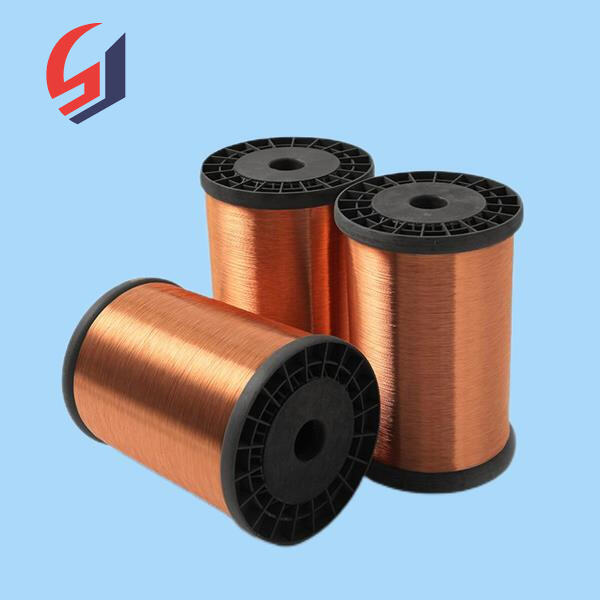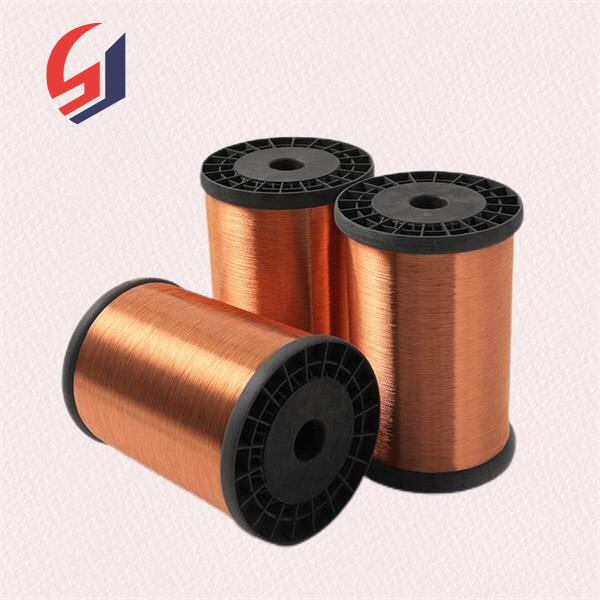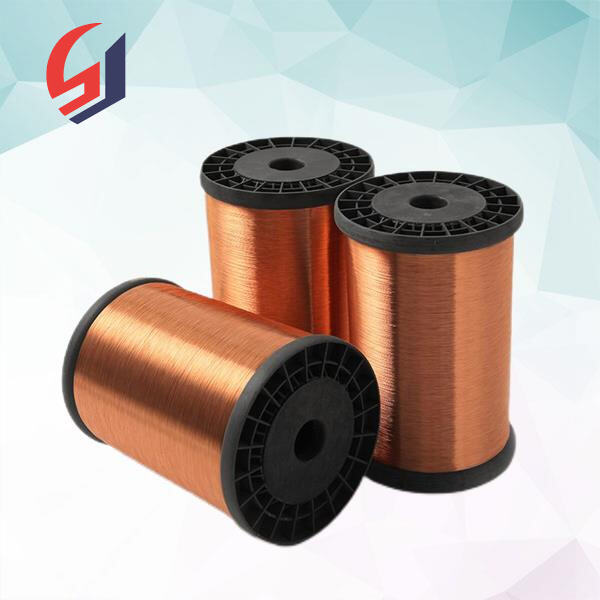In order for electricity to travel through a wire, it needs a really nice conductor to be able to flow. Conductor: A conductor is a material that doesn't impede the passage of an electric current. Copper and aluminum are among the most used conductors. Both of those substances have their pros and cons, but if only we could merge the best bits of both to form something better. This is where copper clad aluminum or CCA wire comes into the picture.
Copper clad aluminum wires are very cost-effective, which is one of the primary reasons for using these wires. Copper, while more expensive than aluminum, can be refinished when mixed with both types of material, and can be easily expanded into a strong wire of little cost.
Another good point of CCA wire is that it weighs less than pure copper wires. Copper is also heavier than aluminum, so if you can use less copper in your wire, the wire itself is lighter. This is especially useful in applications where weight is an issue, such as automotive, aerospace and other vehicular uses. The lighter wire can improve fuel economy and make transport easier.
Aluminum, by contrast, is lighter and generally less expensive than copper. It does, however, not conduct electricity with the same efficiency, which requires using more aluminum to achieve similar conductivity as with copper. The oxidation and rust at first glance will be more susceptible than copper. This copper clad aluminum means that when you have aluminum wires, they might not last as long in rugged environments.

There are several sectors that utilize copper clad aluminum wires, such as automotive, aerospace, and telecommunications, among others. CCA wires are commonly used for automotive wiring harnesses and battery cables. They offer the advantage of being light weight and a lower cost for these usages. A wiring harness is a time-consuming and tedious part of a car, a bundle of wires to connect and transport power and signals between various components.

In the aerospace sector, CCA wire is deployed for electronics and wiring, where it is critical to keep the weight low. A lighter plane is a more efficient plane since airplanes have to be as light as they can so CCA wire earns its keep here. In the telecommunications example, CCA wire is frequently found in phone cables and in other applications. This cable copper clad is a very critical place for strength and economy to co-exist, and CCA wire fits perfectly here.

A thicker wire, for instance, may be necessary in applications requiring a higher conductivity, but this can also mean increased weight or cost of the wire. If the wire will be subjected to harsh environments — such as high heat, moisture or chemicals — then it may need a coating or insulation to help prevent corrosion or damage over time.
The latest production techniques and rigorous quality controls in our enameled-wire manufacturing facilities allow us to efficiently deliver our products all over the world. Through close collaboration with our logistics partners in the world we are able to create customized logistics solutions to fulfill the specific requirements of different clients. Our global delivery network includes major ports, ensuring that products reach their destinations quickly and safely. Additionally our sales representatives provide online tracking to keep customers informed of the status of their deliveries in real time, enhancing supply chain transparency and customer satisfaction.
Quality is the primary element of enameled copper wire. The factory undergoes many quality control stages to make sure that the product meets international standards and meet customer needs. (1) Raw materials control: From high purity copper, to the highest quality insulating lacquer, raw materials are subjected to rigorous screening in order to ensure stability. 2) Monitoring of the entire process. From wire drawing to the final stage of enameling, every step of production is subjected to rigorous tests like electrical performance and insulation voltage withstand and tensile tests to guarantee high-quality and reliability. (3) Full certification The majority of quality factories get ISO 9001 quality management system certification and UL safety certification. SGS certification that increases the trust of the customer.
Copper wire factories with enamel coating can create high-quality products at an affordable cost because of their scale production capability. (1) Mass production: The factory is able to respond quickly to the needs of large orders, while at the same time guaranteeing the speed of delivery. (2) Reduced costs through an efficient production process and equipment optimization manufacturing, factories can decrease production waste and improve output and reduce unit cost and giving customers more competitive price.
Our factory is able to customize products to meet the requirements of the customers. We also provide complete support after sales. Multiple specifications: Our factory is able to produce enameled wires that meet a broad variety of specifications, which include different diameters of wire, enamel thicknesses, temperatures, and insulation ratings to suit various situations.